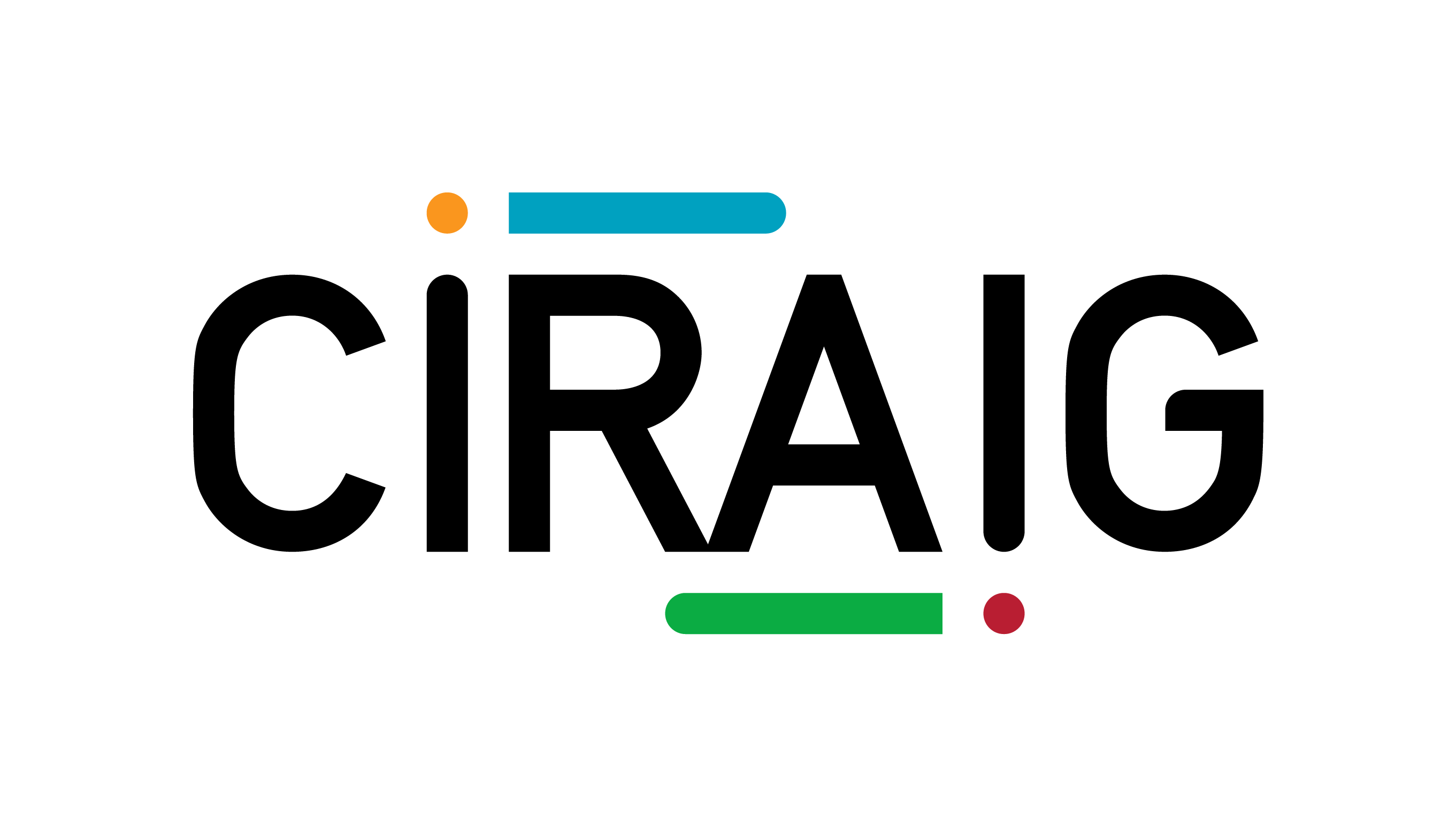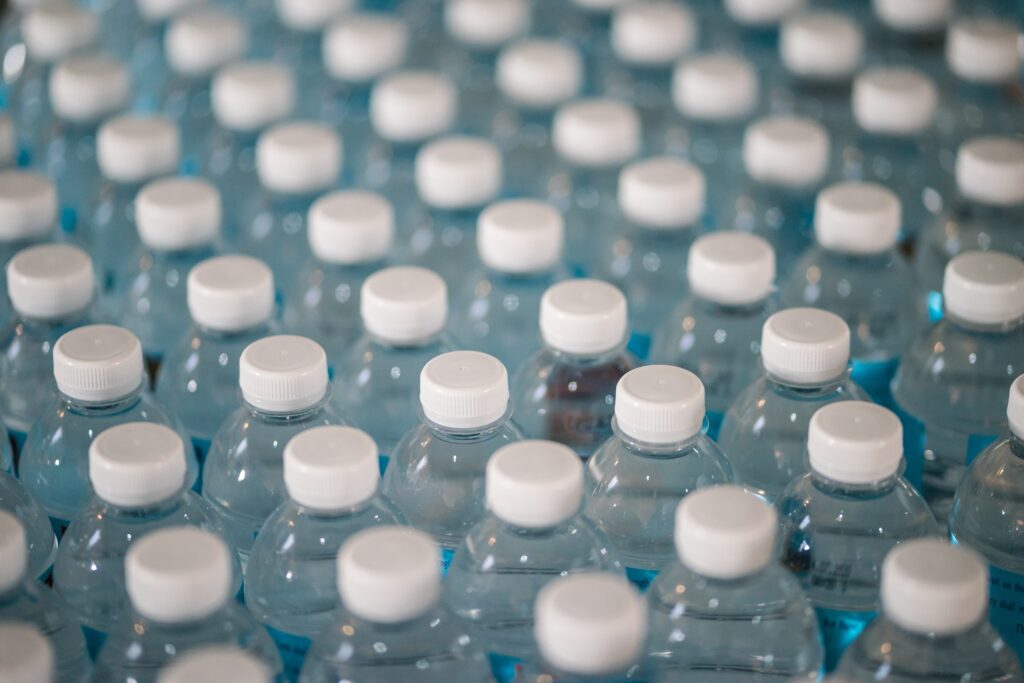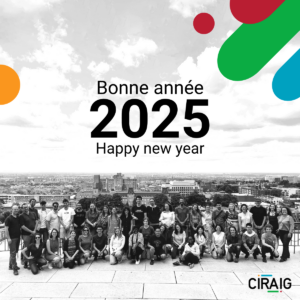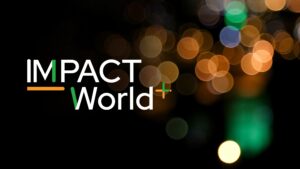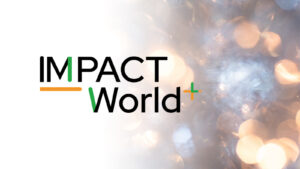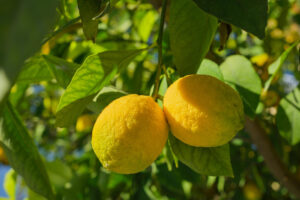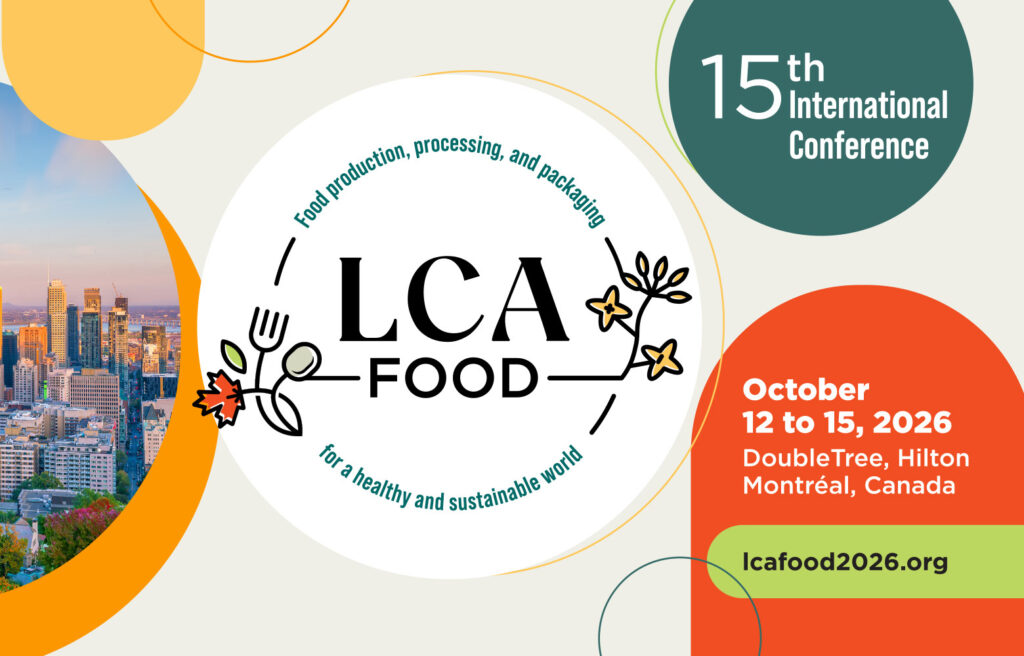What are plastics used for?
Born at the beginning of the 20th century, plastics are polymers created by petrochemistry from crude oil or vegetable matter to which additives are added to improve their properties. Plastics are easy to produce and shape: light, airtight and inexpensive, which is why they have become an essential material.
In Canada, one third of plastic is used in packaging, 26% in construction and the rest in electrical and electronics, textiles, agriculture and the automotive industry to lighten the weight of vehicles and reduce their fuel consumption.
What pollutes more: packaging waste or food waste?
In Canada, about 11 Mt of food waste per year could be avoided. This represents 22Mt of CO2eq and 1.4 billion tonnes of water that could be saved.
Food packaging
Food packaging plays a crucial role in the fight against food waste since its main role is to protect food throughout the supply chain, to maintain its nutritional and organoleptic properties, and to extend its shelf life. In fact, packaged fresh products can be kept 2 to 10 times longer than unpackaged ones. Of course, a distinction must be made here between useful packaging and unnecessary over-packaging, which must be combated in all cases.
Food packaging itself has an environmental cost, mainly due to its production, the importance of which varies according to the food. For example, the packaging of fruits, vegetables and beverages accounts for an average of 9% to 33% of greenhouse gases over their life cycle; and less than 3% for dairy products, cereals, meat and fish. Basically, the higher the footprint of the food production, the lower the proportional impact of the packaging and therefore the more worthwhile it is to use packaging to prevent food waste.
Avoiding food waste
The National Zero Waste Council points out that for most foods, eliminating primary packaging results in a reduction in GHGs that does not offset even a small increase in waste. In other words, if you know there is a risk that you will waste a food, you are better off buying it packaged. Packaging is therefore mostly useful for foods that do not keep well or with a high environmental footprint. Bulk would be more adapted for dry, resistant and long-lasting foods.
Finally, for zero waste to be beneficial for the environment, we must learn to store our food properly to avoid increasing food waste and reuse our containers to reduce the impact of their production.
Plastic bag or alternative, what is the best choice?
Conventional single-use plastic bags are very thin, weigh about 8 grams and are often reused as garbage bags, which contributes to reducing their impact. The life cycle environmental impact of a bag is equivalent to driving a hundred meters in a car and comes mainly from the plastic manufacturing stage. If 4% of these bags are then abandoned in nature, we do not yet know how much impact this plastic pollution has on the environment.
Not the worst, conventional plastic bags?
According to the CIRAIG study on shopping bags in Quebec, conventional plastic bags perform better than other disposable bags because they are lighter and therefore require less material and energy over their life cycle.
The impact of a paper bag is 4 to 28 times higher than a plastic bag. In order to become less impactful, this paper bag would have to replace between 4 and 28 plastic bags, and therefore be reused between 4 and 28 times. The same reasoning applies to thick plastic or bioplastic bags, which would have to be reused between 2 and 11 times to become better than plastic bags.
What about reusable bags?
Regarding reusable bags, their performance compared to disposable plastic bags depends mostly on the number of times they are reused, knowing that a thick plastic reusable bag is about 10 times less impactful than a cotton reusable bag. But if you shop every week with the same reusable plastic bags for 1-2 years, you should be okay!
In general, why is plastic often better than other alternatives?
Because even though its impact per kilogram is higher than other materials such as aluminum or glass, on average 2 to 8 times less plastic is needed to perform the same function. It is therefore the number of times that materials can be reused that will eventually dethrone plastic.
Is the abolition of plastic a bad idea?
Short answer: we don’t know. Currently, there are several aspects that are not well known and that are not taken into account in the studies, which prevents us from having a complete picture. For example, the impacts on our health of the use of plastic (food contamination or indoor air pollution), but also the impacts of plastic pollution, i.e. the release of plastic into the environment, are poorly known, not measurable and subject to debate in the scientific community.
Better manage our end-of-life waste
Of the 415 Mt of plastic produced annually worldwide, about 3% is discarded in the environment and ultimately ends up in the oceans. More than 80% of this plastic pollution is poorly managed end-of-life waste (bottles, etc.).
This macroplastic which can cause the suffocation of certain animals ends up fragmenting into micro and nano plastics which are ingested by numerous marine species and whose effects are not yet known. Research, including at the CIRAIG, is currently underway to determine the fate of plastics in the environment and its potential effects on ecosystems and human health. Also, because plastic degrades very slowly, the effects of plastic left behind today will likely still be felt hundreds of years from now. However, the magnitude of these impacts, and their significance compared to other environmental issues such as climate change, is not known today.
An unanswered question
It is therefore impossible to measure how beneficial abolishing plastics will be for the environment. Not to mention that plastics have a function and the impacts of their alternatives would have to be assessed to fully answer the question.
However, the main source of plastic pollution is in regions where waste is poorly managed at the end of its life, such as Asia, where some of our plastic waste is sent. In addition to reducing plastic use, increasing the rate of collection and end-of-life treatment of plastic waste in these regions would surely be among the most effective measures to limit current plastic pollution.
Interactive map of the origin of plastic pollution in the world:
https://www.arcgis.com/home/webmap/viewer.html?webmap=83f9c0a5f876410289d03dd4e09556b3
This blog post is from a column presented on June 16, 2020 by Laure Patouillard, Scientific Coordinator and Research Associate at CIRAIG, on Radio-Canada’s Moteur de recherche.
Bibliography
Heller, M. C., Selke, S. E. M., & Keoleian, G. A. (2019). Mapping the Influence of Food Waste in Food Packaging Environmental Performance Assessments. Journal of Industrial Ecology, 23(2), 480–495. https://doi.org/10.1111/jiec.12743
Boucher, J., & Billard, G. (2019). The challenges of measuring plastic pollution. Field Actions Science Reports. Retrieved from http://journals.openedition.org/factsreports/5319
Conseil national Zéro Déchet. (2020). Moins de pertes et de gaspillage alimentaires, moins de déchets d’emballage RAPPORT DE RECHERCHE.
CIRAIG (2017). ANALYSE DU CYCLE DE VIE DES SACS D’EMPLETTES AU QUÉBEC. Retrieved from www.ciraig.org
Environnement et changement climatique Canada. (2020). Ébauche d’évaluation scientifique de la pollution plastique.
Boucher, J., Billard, G., Simeone, E., & Sousa, J. (2020). The marine plastic footprint : towards a science-based metric for measuring marine plastic leakage and increasing the materiality and circularity of plastic. The marine plastic footprint. https://doi.org/10.2305/iucn.ch.2020.01.en
Trucost. (2016). Plastic and sustainablity, 1–86. Retrieved from www.trucost.com
